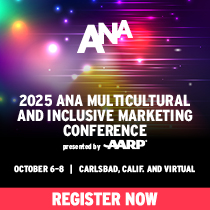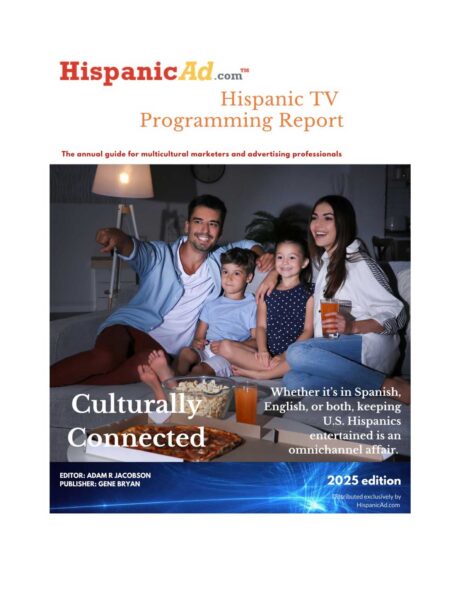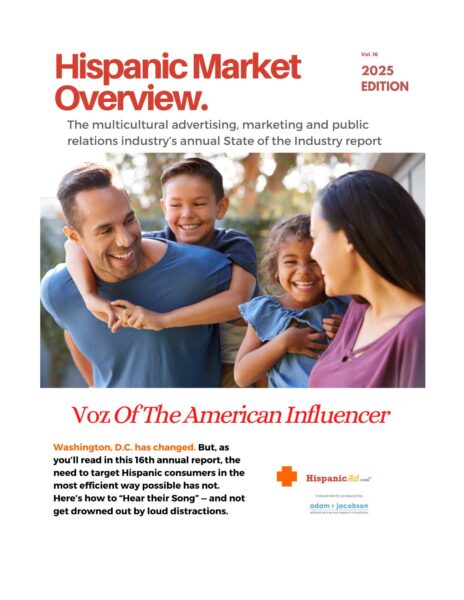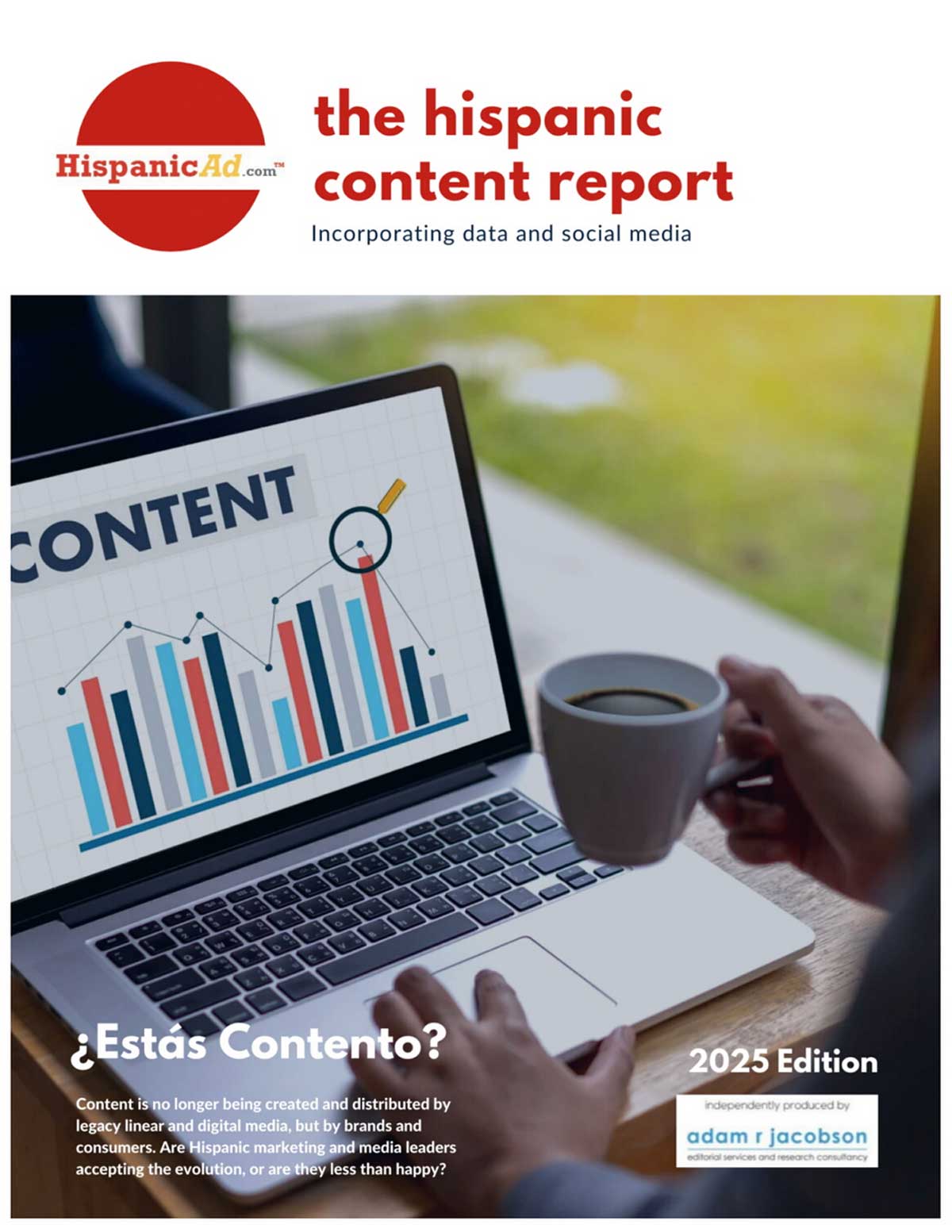 BOTTOM LINE: Following the onset of Covid-19, it has not been surprising to see the strength in eCommerce, but what has caught us by greater surprise has been the boon lower priced media – particularly on FB – has been toward that acceleration. We have spoken to several agencies that are focused on the DTC-native eCommerce segment. Their advertisers indicated that beginning early/mid April, they were seeing multiple successive days of record spend at prices down 30-40% post-Covid vs pre-Covid. Beyond the benefits of lower eCPMs, this has been accompanied by higher conversion rates as well – driving record ROAS for this cohort of advertisers. We have not touched base with any gaming advertisers, but based on FB’s comments on their 1Q20 eps call, suspect this is likely driving a further boom. Notably, we have heard about pricing increases though early May on FB in the HSD/LDD range, though pacing still well below pre-Covid 19 levels. Our interpretation is this is more a reflection of firming up of the auction at FB, though it is having a slight negative impact on this cohorts’ ROAS.
BOTTOM LINE: Following the onset of Covid-19, it has not been surprising to see the strength in eCommerce, but what has caught us by greater surprise has been the boon lower priced media – particularly on FB – has been toward that acceleration. We have spoken to several agencies that are focused on the DTC-native eCommerce segment. Their advertisers indicated that beginning early/mid April, they were seeing multiple successive days of record spend at prices down 30-40% post-Covid vs pre-Covid. Beyond the benefits of lower eCPMs, this has been accompanied by higher conversion rates as well – driving record ROAS for this cohort of advertisers. We have not touched base with any gaming advertisers, but based on FB’s comments on their 1Q20 eps call, suspect this is likely driving a further boom. Notably, we have heard about pricing increases though early May on FB in the HSD/LDD range, though pacing still well below pre-Covid 19 levels. Our interpretation is this is more a reflection of firming up of the auction at FB, though it is having a slight negative impact on this cohorts’ ROAS.
 Many chief marketers are likely to have a disappointing upcoming year as 84 percent surveyed by the CMO Council say their compensation is tied to business performance improvements in 2020. Not surprisingly, take home pay will likely be less due to the severe economic impact of the global pandemic.
Many chief marketers are likely to have a disappointing upcoming year as 84 percent surveyed by the CMO Council say their compensation is tied to business performance improvements in 2020. Not surprisingly, take home pay will likely be less due to the severe economic impact of the global pandemic.

 Whether by necessity or ingenuity, minority-owned small businesses may be giving us an early sign of how US businesses will adapt in the wake of COVID-19. These businesses are experimenting with new ways of working to ensure their employees’ safety, offering monetary relief to employees and community members, and introducing new services such as free delivery to those who need it.
Whether by necessity or ingenuity, minority-owned small businesses may be giving us an early sign of how US businesses will adapt in the wake of COVID-19. These businesses are experimenting with new ways of working to ensure their employees’ safety, offering monetary relief to employees and community members, and introducing new services such as free delivery to those who need it. There’s no rest for the weary. With the 2020 scope season in the rearview mirror, it’s already time to look ahead to 2021.
There’s no rest for the weary. With the 2020 scope season in the rearview mirror, it’s already time to look ahead to 2021. Consumer spending tumbled a record 16.4% in April as #COVID19 continues to impact the U.S. economy. KPMG Senior Economist Ken Kim breaks down today’s record decline and whether there are signs that perhaps April be the trough in consumer spending.
Consumer spending tumbled a record 16.4% in April as #COVID19 continues to impact the U.S. economy. KPMG Senior Economist Ken Kim breaks down today’s record decline and whether there are signs that perhaps April be the trough in consumer spending.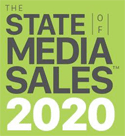 As 2019 was a great year for media sales, many sales managers were expecting similar revenue growth in 2020, not including political ad estimates. And then coronavirus arrived. Over the past two months, revenue has dramatic hit. Many sales managers are expecting to see up to a 50% drop in revenue. In this COVID-19 Special Report media sales managers share their thought about the current state of media sales. And it’s not all doom and gloom! Many are optimistic about the economic recovery awaiting the country in coming months.
As 2019 was a great year for media sales, many sales managers were expecting similar revenue growth in 2020, not including political ad estimates. And then coronavirus arrived. Over the past two months, revenue has dramatic hit. Many sales managers are expecting to see up to a 50% drop in revenue. In this COVID-19 Special Report media sales managers share their thought about the current state of media sales. And it’s not all doom and gloom! Many are optimistic about the economic recovery awaiting the country in coming months. At Kantar we’ve spent much of the last few weeks thinking about the here and now, supporting our clients on immediate marketing strategies and planning for the next few months. But it’s now more important than ever to look further ahead; and for media and advertising, to imagine what scenarios the future might hold. by Jane Ostler – Global Head of Media, Insights / Kantar
At Kantar we’ve spent much of the last few weeks thinking about the here and now, supporting our clients on immediate marketing strategies and planning for the next few months. But it’s now more important than ever to look further ahead; and for media and advertising, to imagine what scenarios the future might hold. by Jane Ostler – Global Head of Media, Insights / Kantar Unprecedented times like these bring massive challenges. Yet even during a crisis like the novel coronavirus (COVID-19) pandemic, businesses need to consider strategic plans and continue to invest in their brands. While sales may be down, it’s important to maintain—or increase—your share of the market. Continuing to invest in advertising will help set your company up for success when life eventually settles into a new normal.
Unprecedented times like these bring massive challenges. Yet even during a crisis like the novel coronavirus (COVID-19) pandemic, businesses need to consider strategic plans and continue to invest in their brands. While sales may be down, it’s important to maintain—or increase—your share of the market. Continuing to invest in advertising will help set your company up for success when life eventually settles into a new normal. H Code released The Hispanic Healthcare Report, the first resource exclusively revealing Hispanic preferences and attitudes towards the current state of healthcare in light of the COVID-19 outbreak and 2020 U.S. presidential election cycle.
H Code released The Hispanic Healthcare Report, the first resource exclusively revealing Hispanic preferences and attitudes towards the current state of healthcare in light of the COVID-19 outbreak and 2020 U.S. presidential election cycle. In just a week’s time, the Coronavirus pandemic has completely upended the globe. It has had substantial effects on people’s lives and livelihoods, and it has entirely transformed the way companies do business. In the advertising industry, we’ve all felt the immediate effects: Cancelled events, meetings and business trips. Work-from-home mandates that include hunkering down inside our houses and apartments alongside our entire families. And yes, even paused and pulled advertising campaigns.
In just a week’s time, the Coronavirus pandemic has completely upended the globe. It has had substantial effects on people’s lives and livelihoods, and it has entirely transformed the way companies do business. In the advertising industry, we’ve all felt the immediate effects: Cancelled events, meetings and business trips. Work-from-home mandates that include hunkering down inside our houses and apartments alongside our entire families. And yes, even paused and pulled advertising campaigns. In this research we explore consumers’media consumption habits during the outbreak of coronavirus. We dig deeper into what media people are consuming more of (and plan to continue after the crisis ends), what sources of information they find most trustworthy generally and on social media, whattheywant to see more of in news coverage, their willingness to pay for trustworthy information, and what they expect from sports leagues at this time.
In this research we explore consumers’media consumption habits during the outbreak of coronavirus. We dig deeper into what media people are consuming more of (and plan to continue after the crisis ends), what sources of information they find most trustworthy generally and on social media, whattheywant to see more of in news coverage, their willingness to pay for trustworthy information, and what they expect from sports leagues at this time. BOTTOM LINE: Following the onset of Covid-19, it has not been surprising to see the strength in eCommerce, but what has caught us by greater surprise has been the boon lower priced media – particularly on FB – has been toward that acceleration. We have spoken to several agencies that are focused on the DTC-native eCommerce segment. Their advertisers indicated that beginning early/mid April, they were seeing multiple successive days of record spend at prices down 30-40% post-Covid vs pre-Covid. Beyond the benefits of lower eCPMs, this has been accompanied by higher conversion rates as well – driving record ROAS for this cohort of advertisers. We have not touched base with any gaming advertisers, but based on FB’s comments on their 1Q20 eps call, suspect this is likely driving a further boom. Notably, we have heard about pricing increases though early May on FB in the HSD/LDD range, though pacing still well below pre-Covid 19 levels. Our interpretation is this is more a reflection of firming up of the auction at FB, though it is having a slight negative impact on this cohorts’ ROAS.
BOTTOM LINE: Following the onset of Covid-19, it has not been surprising to see the strength in eCommerce, but what has caught us by greater surprise has been the boon lower priced media – particularly on FB – has been toward that acceleration. We have spoken to several agencies that are focused on the DTC-native eCommerce segment. Their advertisers indicated that beginning early/mid April, they were seeing multiple successive days of record spend at prices down 30-40% post-Covid vs pre-Covid. Beyond the benefits of lower eCPMs, this has been accompanied by higher conversion rates as well – driving record ROAS for this cohort of advertisers. We have not touched base with any gaming advertisers, but based on FB’s comments on their 1Q20 eps call, suspect this is likely driving a further boom. Notably, we have heard about pricing increases though early May on FB in the HSD/LDD range, though pacing still well below pre-Covid 19 levels. Our interpretation is this is more a reflection of firming up of the auction at FB, though it is having a slight negative impact on this cohorts’ ROAS.






